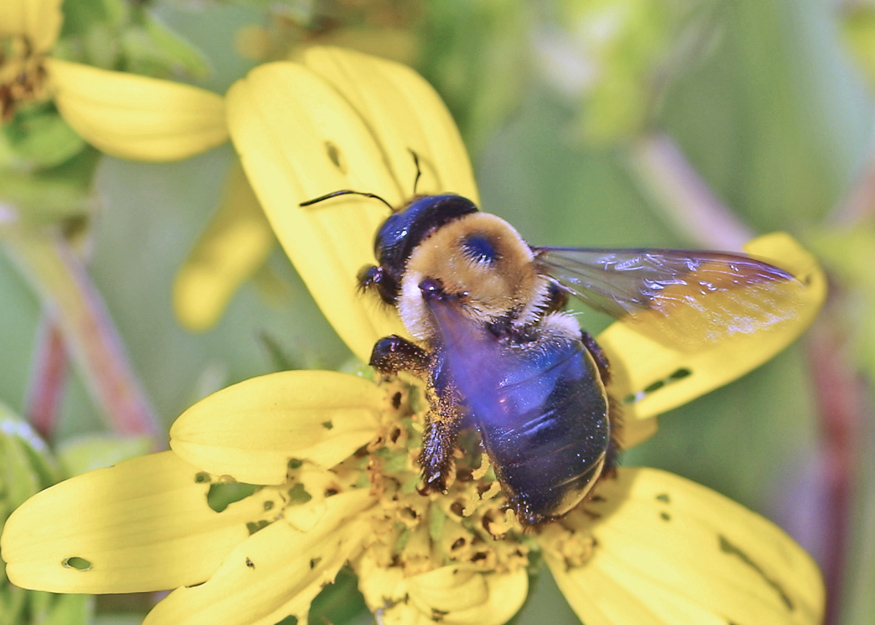

and Midwest have documented the abundance of the rusty patched, giving researchers strong baseline population numbers to show how precipitous its decline has been since the late 1990s. Bumble bee surveys over the last 100 years in the eastern U.S. In that realm, Bombus affinis has a big advantage: geography. Ostensibly, national conservation decisions are based on scientific research.

So what makes the rusty patched so special? And yet no other continental species have gotten both an ESA nomination and a film made about them. A United Nations report finds that in many areas, up to 40 percent of wild bee species are at risk of extinction, meaning the wild plants and animals that depends on them are also at risk. Thanks to the spread of disease, pesticides and the mysterious phenomenon of colony collapse disorder, bee populations have been devastated around the world, with 42 percent of commercial beehives in the U.S. If it does gain protection, it will be a significant moment for bees everywhere: the rusty-patched would be the first bee in the lower 48 states protected by the ESA (seven species of yellow-faced bees endemic to Hawaii were just listed last month).Ĭlearly, the rusty patched is not the only bee suffering sharp declines. After a public comment period that will run until November 21, the agency will make a decision whether or not to federally protect the bee. Fish and Wildlife Service officially proposed the rusty patched for listing under the Endangered Species Act. Released last April, the film has already been covered widely by the media and won environmental accolades.Īs if being the star of its own film wasn’t enough, in late September, the U.S. Clay and Day’s Edge Productions pulled out all the stops, using drones, slow motion cameras and swelling music to show the beauty of the little bee and the challenges it faces. After his encounter, he spent the next two years contacting researchers to help him chase down the RPB across several states to create a 20-minute short documentary film called A Ghost in the Making: Searching for the Rusty-Patched Bumblebee. “It broke my heart.”īolt saw in the rusty patched a bridge to other species: Protect this bee, and it might be possible to protect other key pollinators. “I saw the pigeon and I knew if I didn’t use my skills to bring attention to that bee it soon would only be seen as a specimen in a collection,” says Bolt. Bolt's thoughts went to the stuffed passenger pigeon displayed in the same hall-a species that once numbered in the billions, but went extinct in the early 20th century due to overhunting and habitat loss. Despite several attempts to locate it, the bee had not been spotted in the park for years, said the entomologist. But since the 1990s, the bee’s population had declined by a steep 87 percent. This fuzzy little species, which previously spanned 27 states and parts of Canada, was once an important pollinator of apple orchards and other crops. Yet he was immediately drawn to its plight.
Rusty patched bumble bee Patch#
The bee looked similar to others Bolt had seen as part of his project to photograph native bees, except for an amber-colored patch on its second abdominal section. The nature photographer was being shown around the collection by a park entomologist, who led him to a pinned specimen of Bombus affinis, no bigger than the tip of your thumb. The first time Clay Bolt saw the rusty patched bumblebee was in the invertebrate collection at Great Smoky Mountains National Park. Update, March 22, 2017: On Tuesday, after a month-long delay, the rusty-patched bumblebee became the first bumblebee to be officially listed under the Endangered Species Act.


 0 kommentar(er)
0 kommentar(er)
